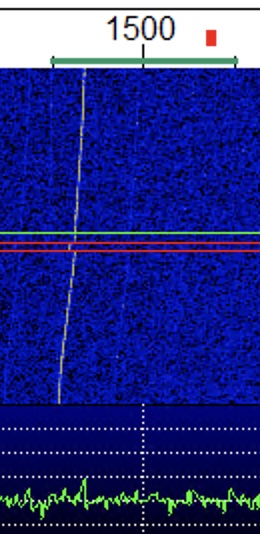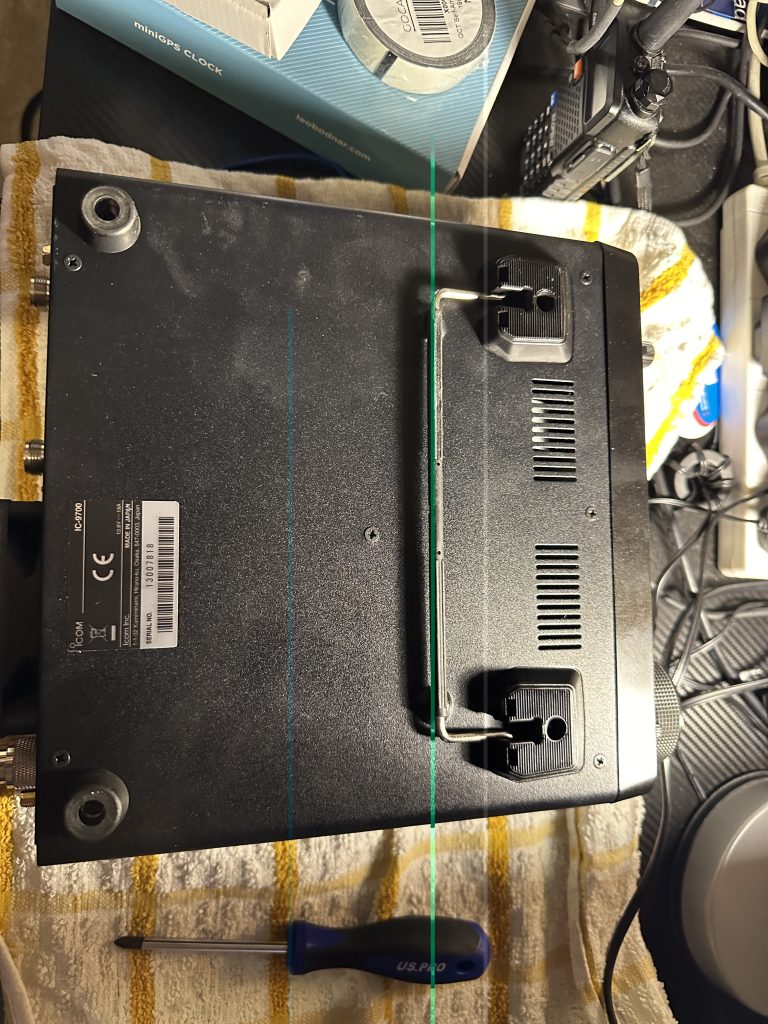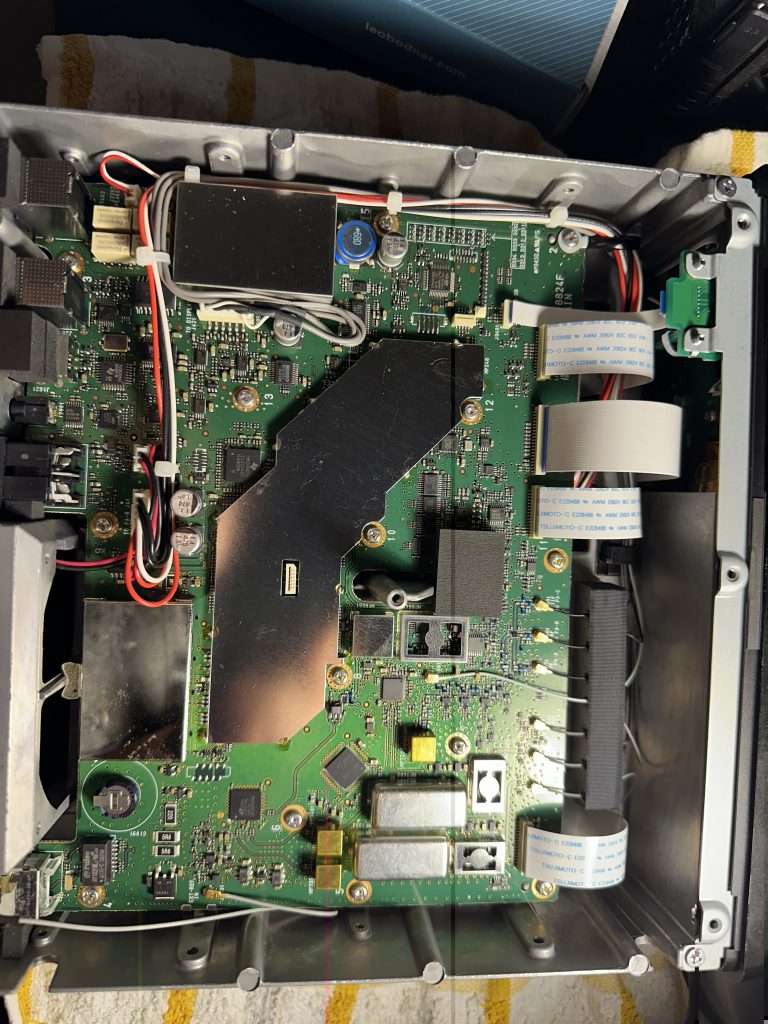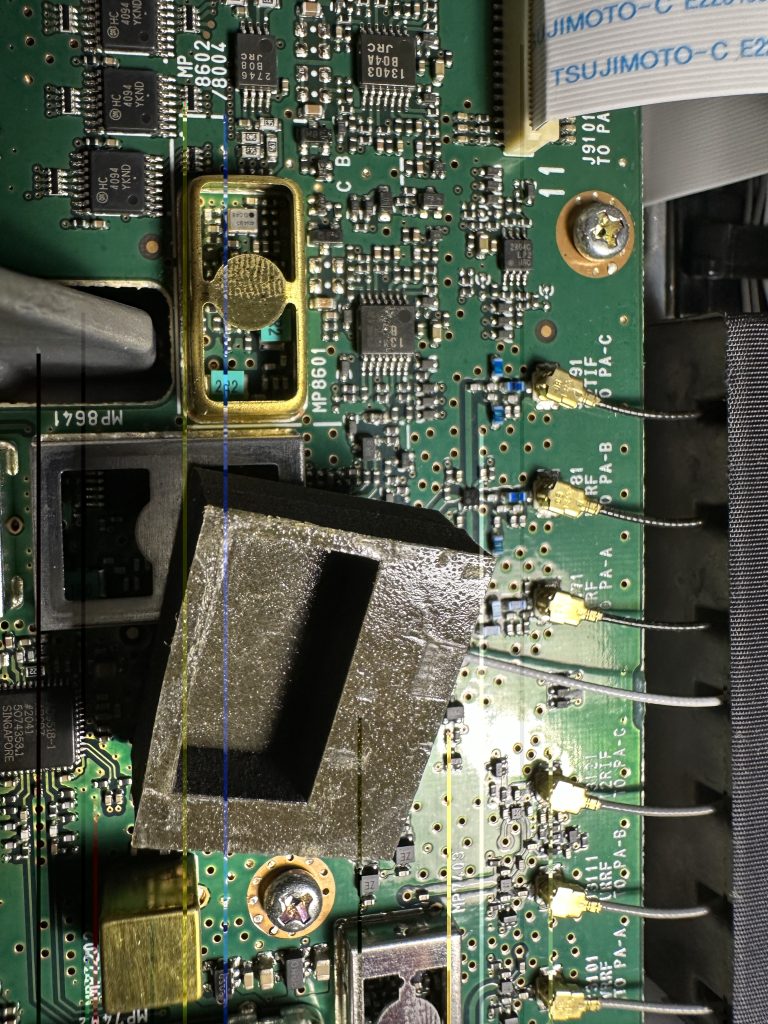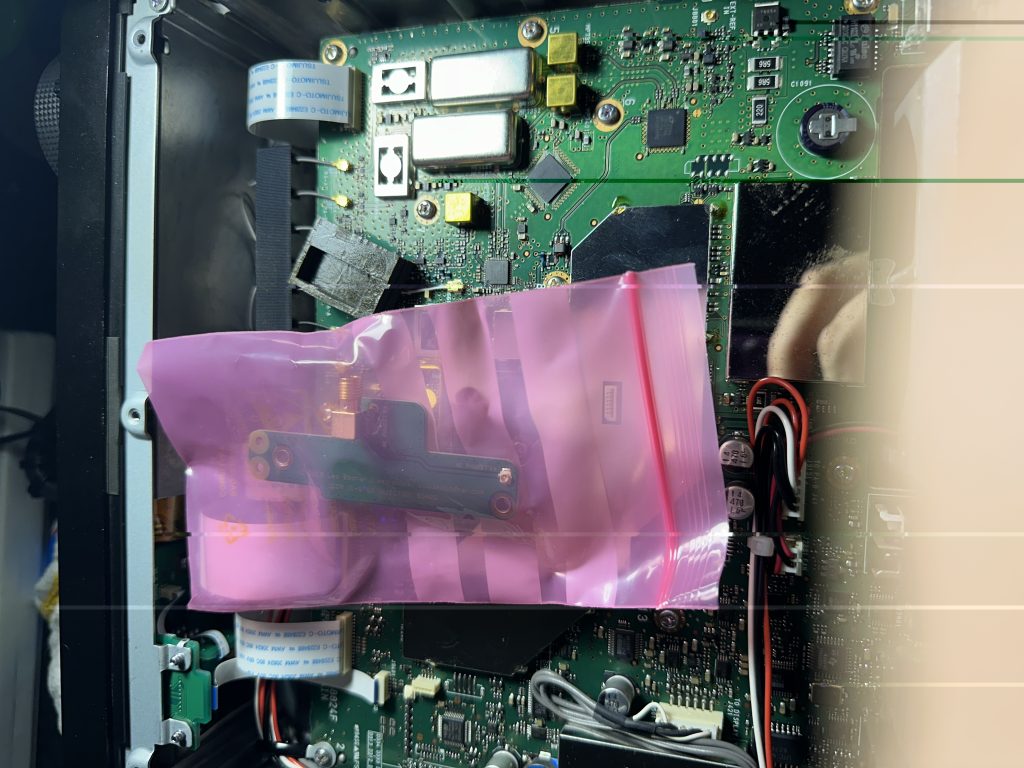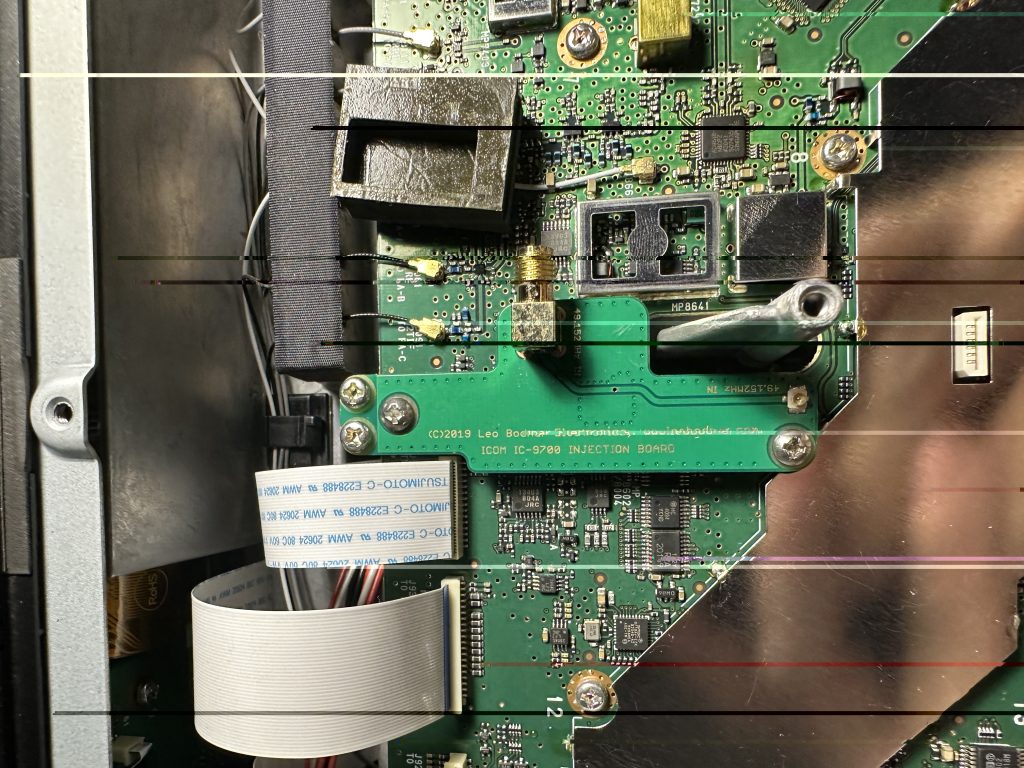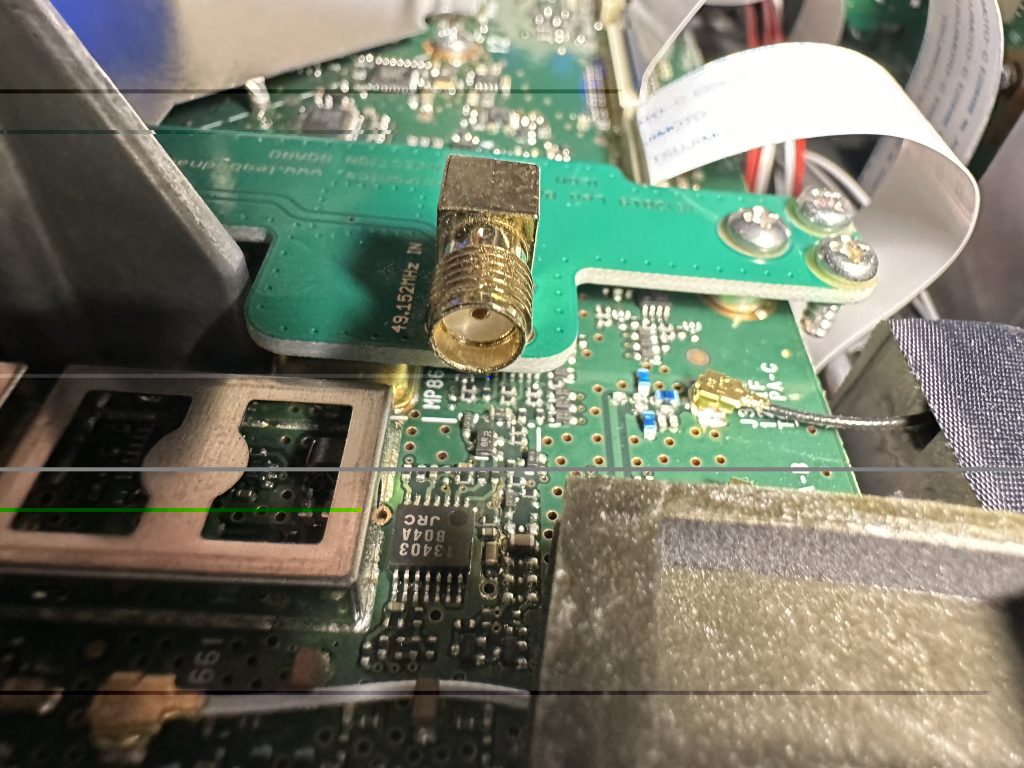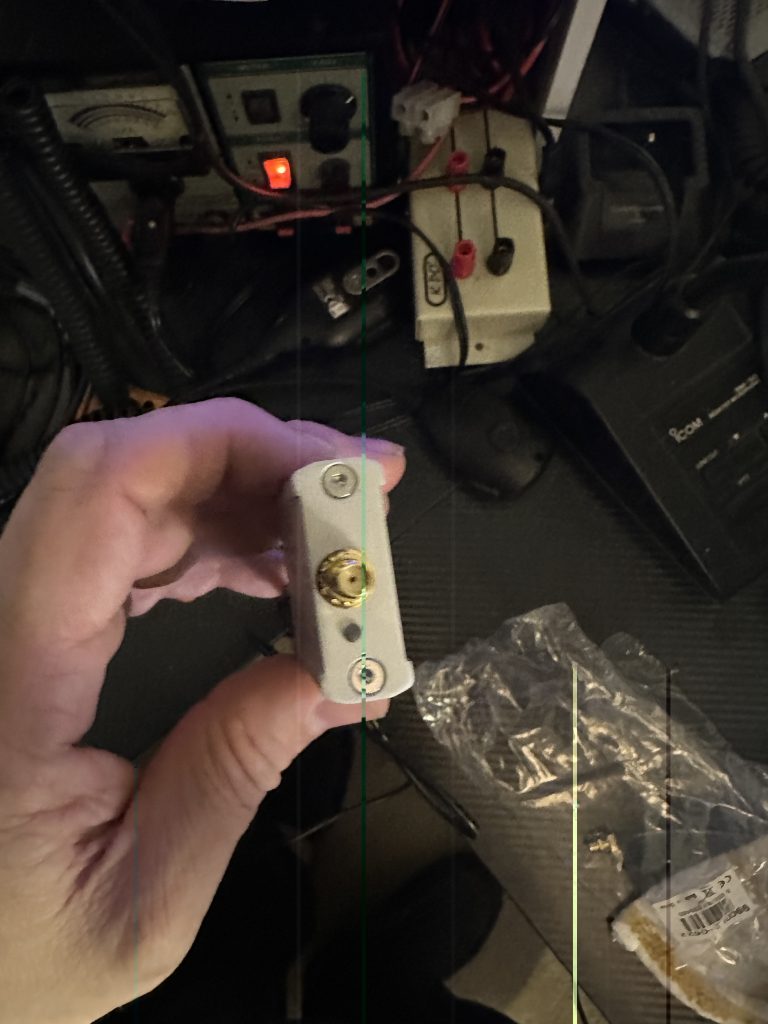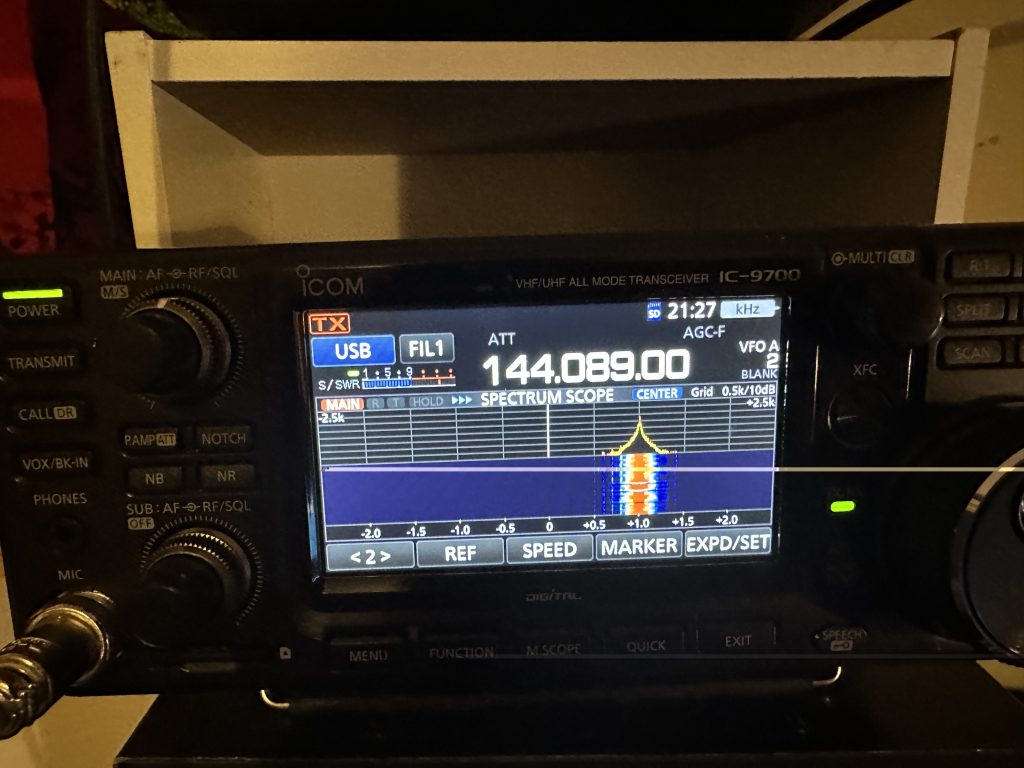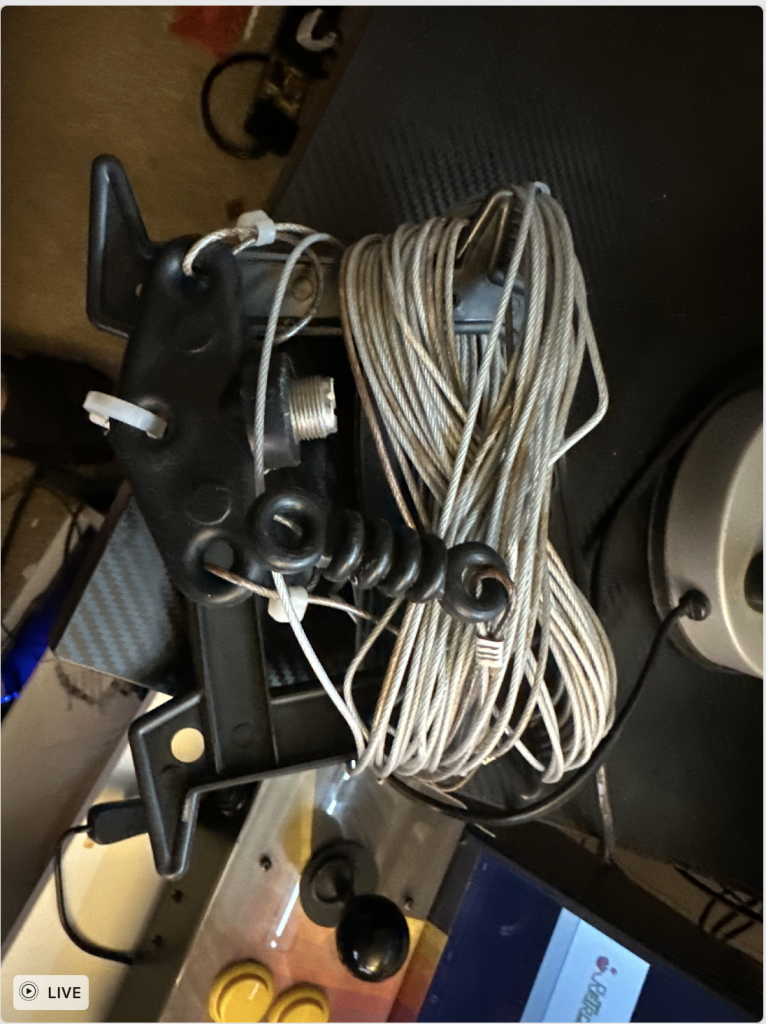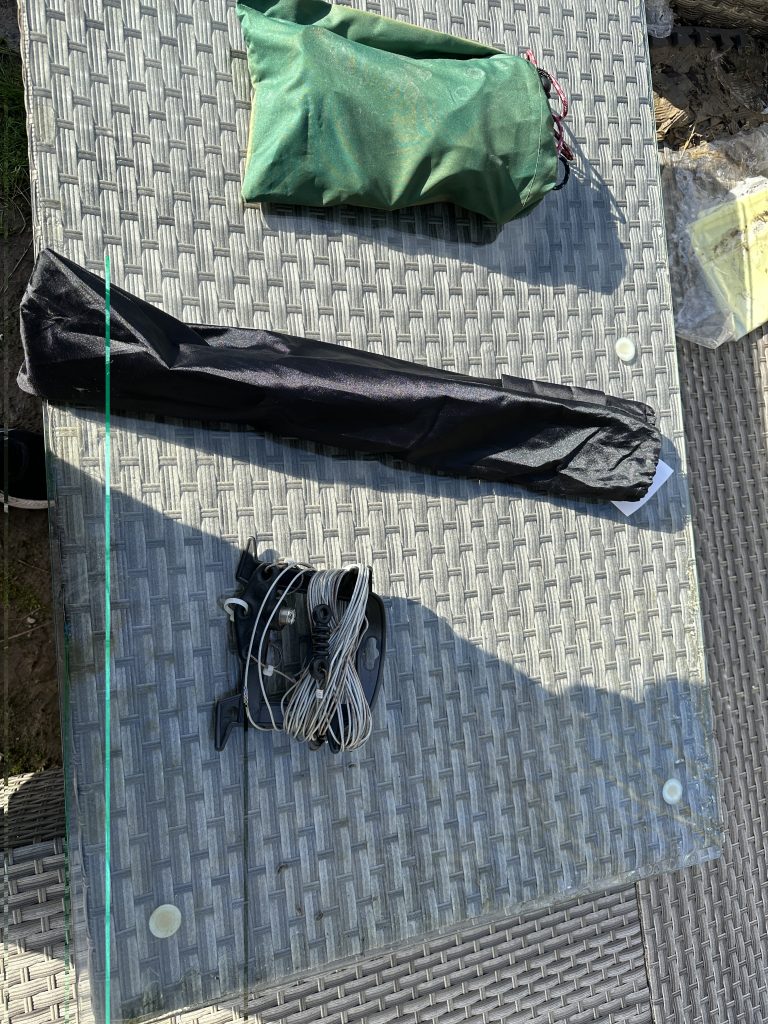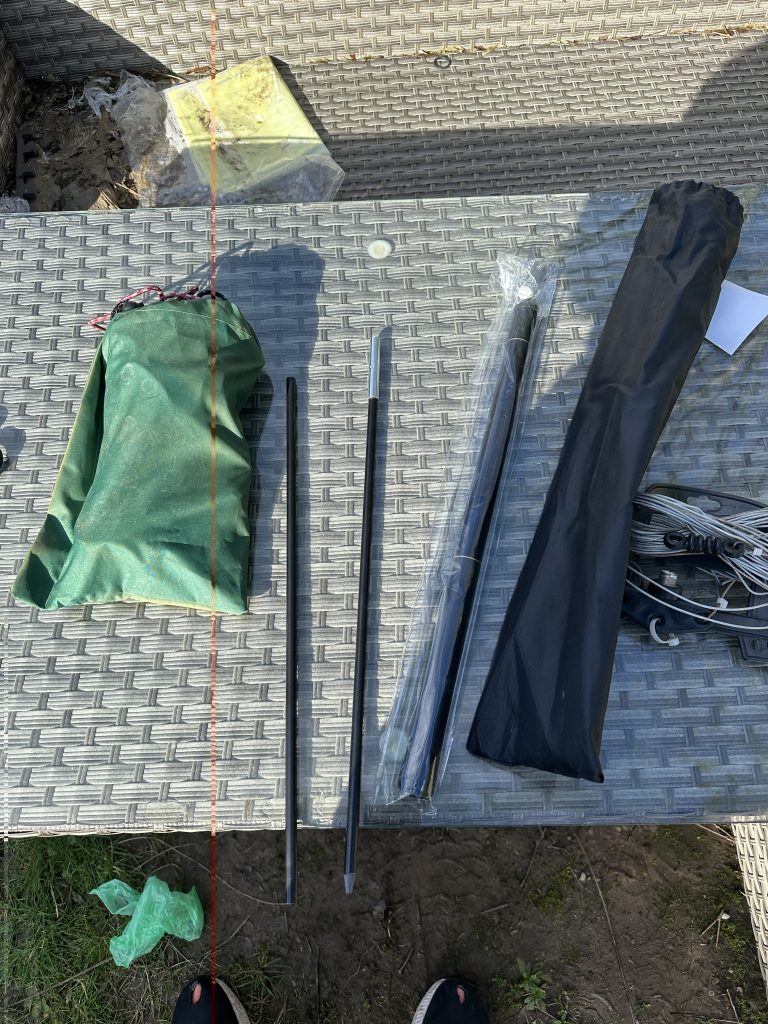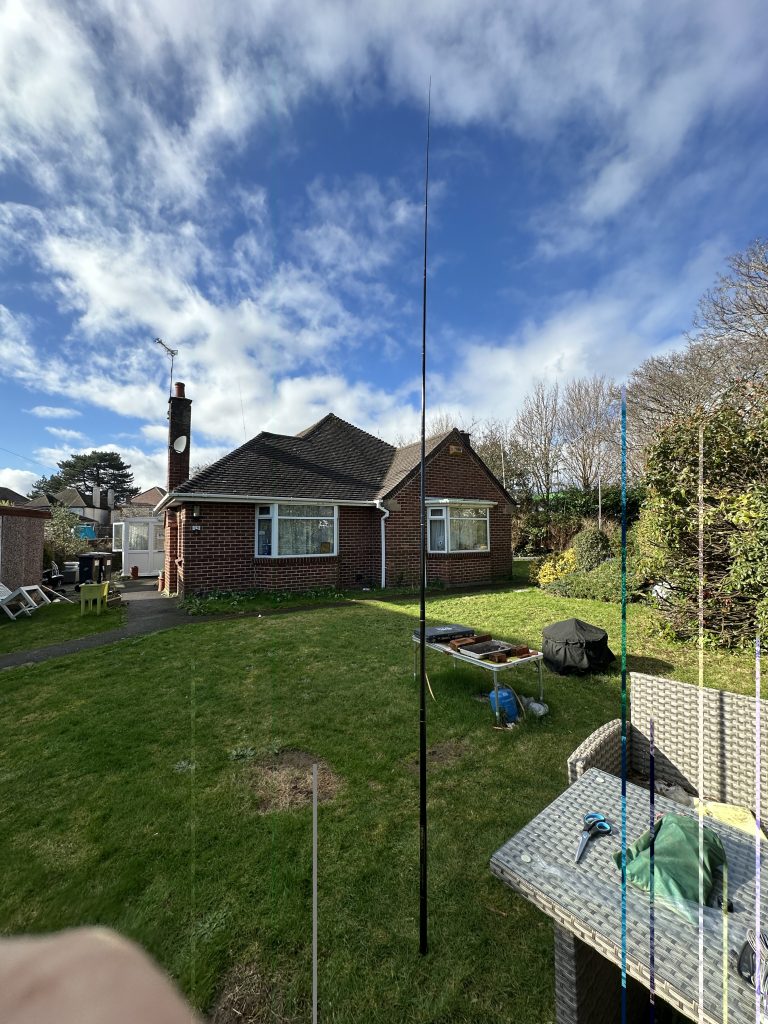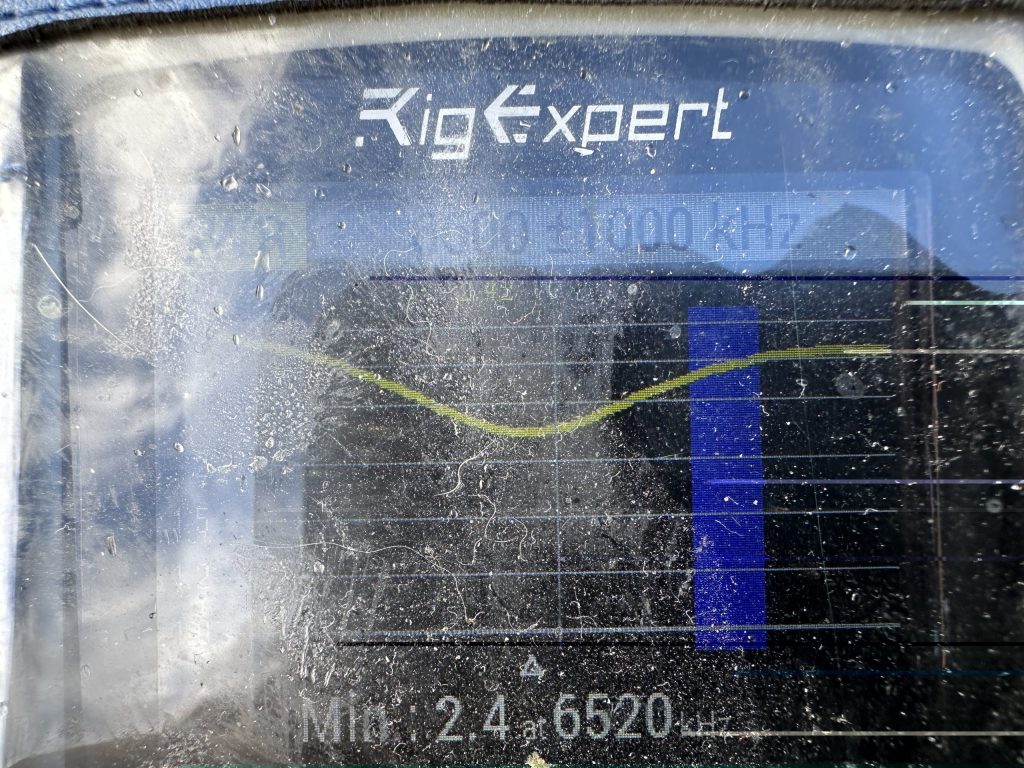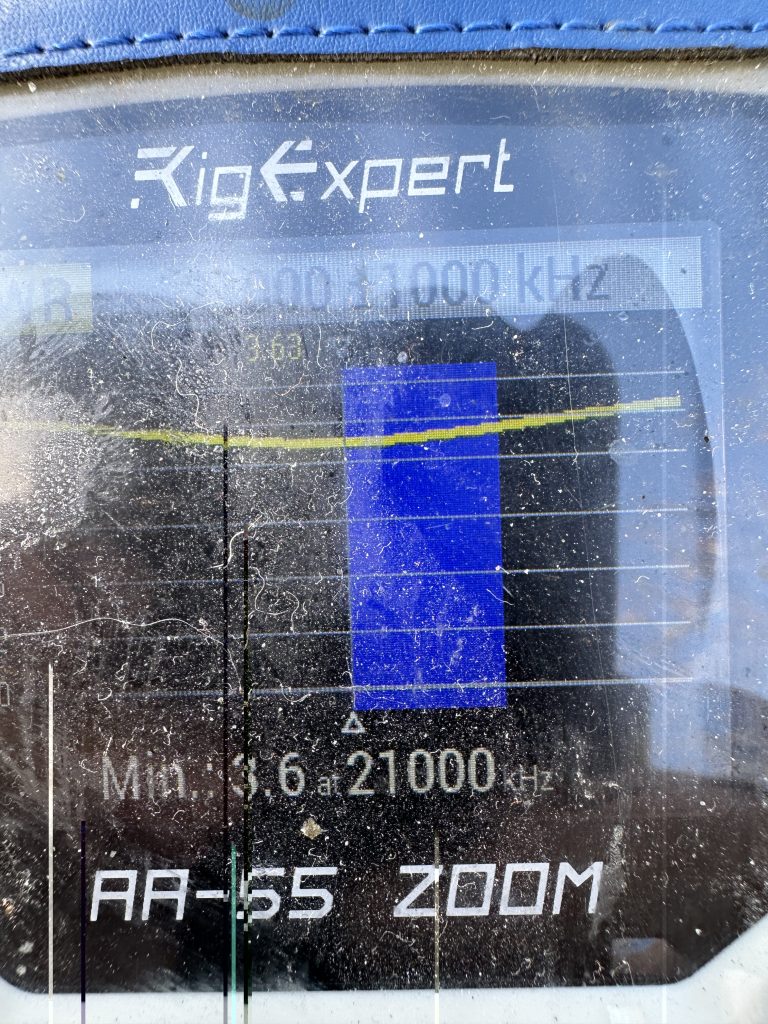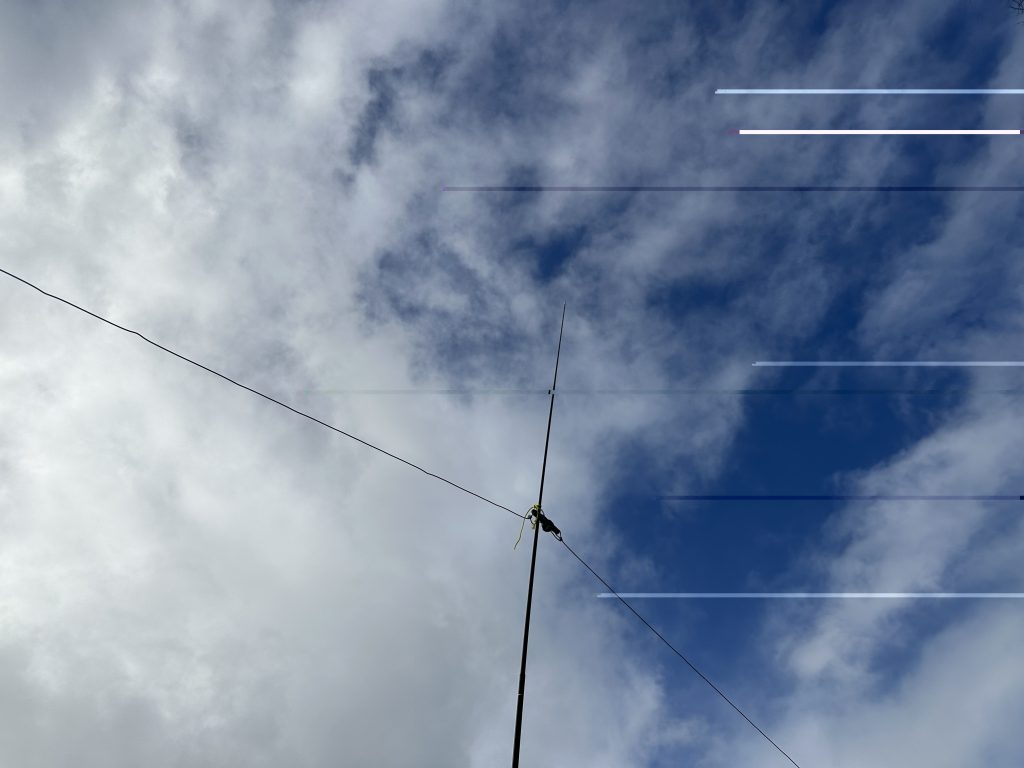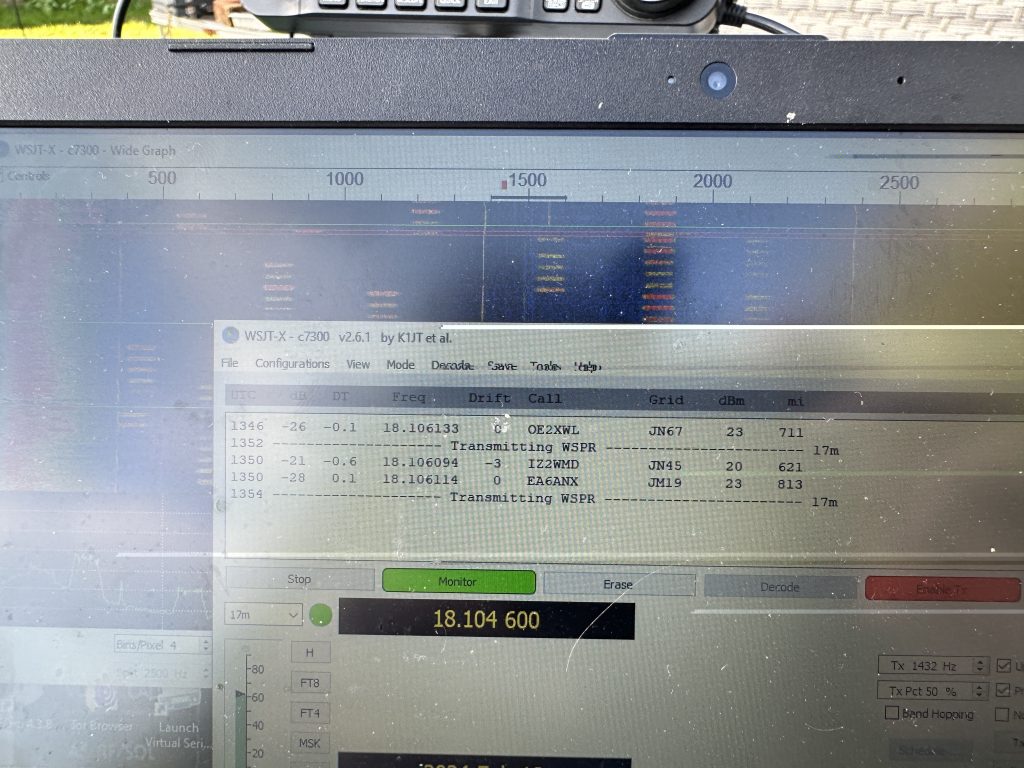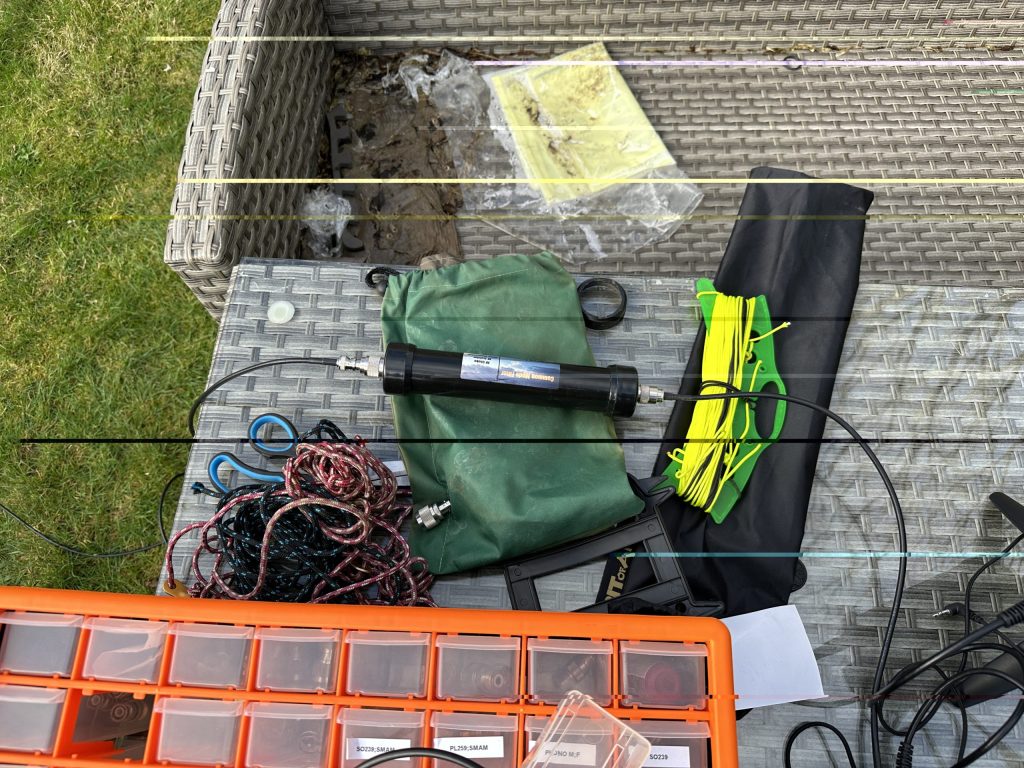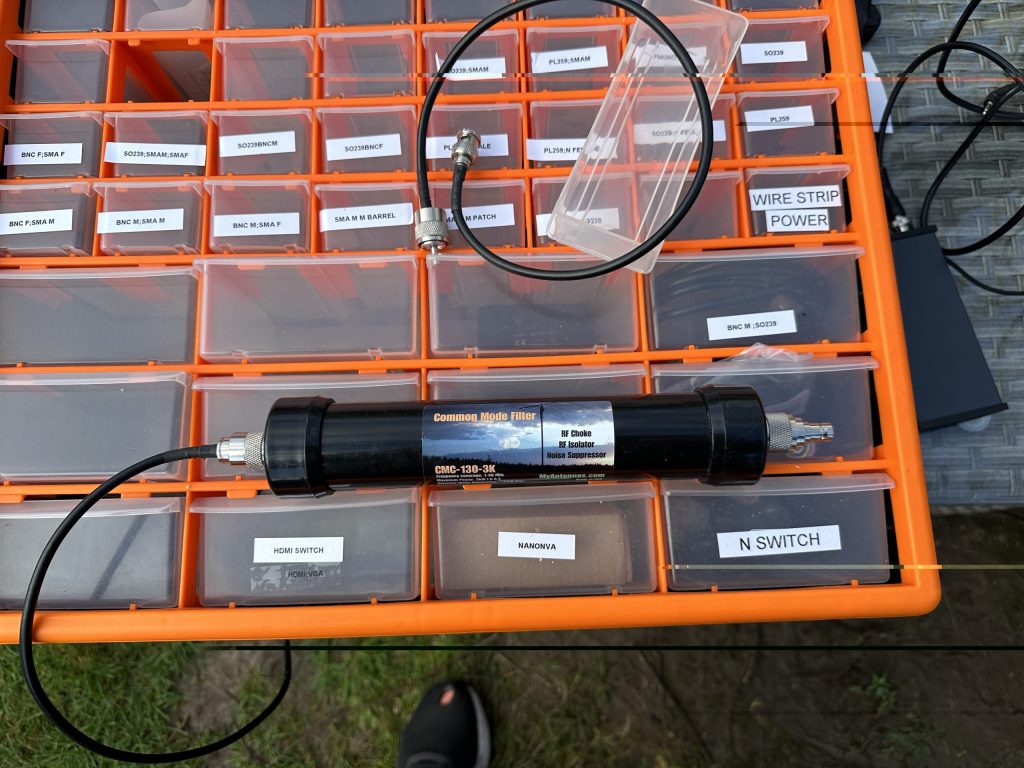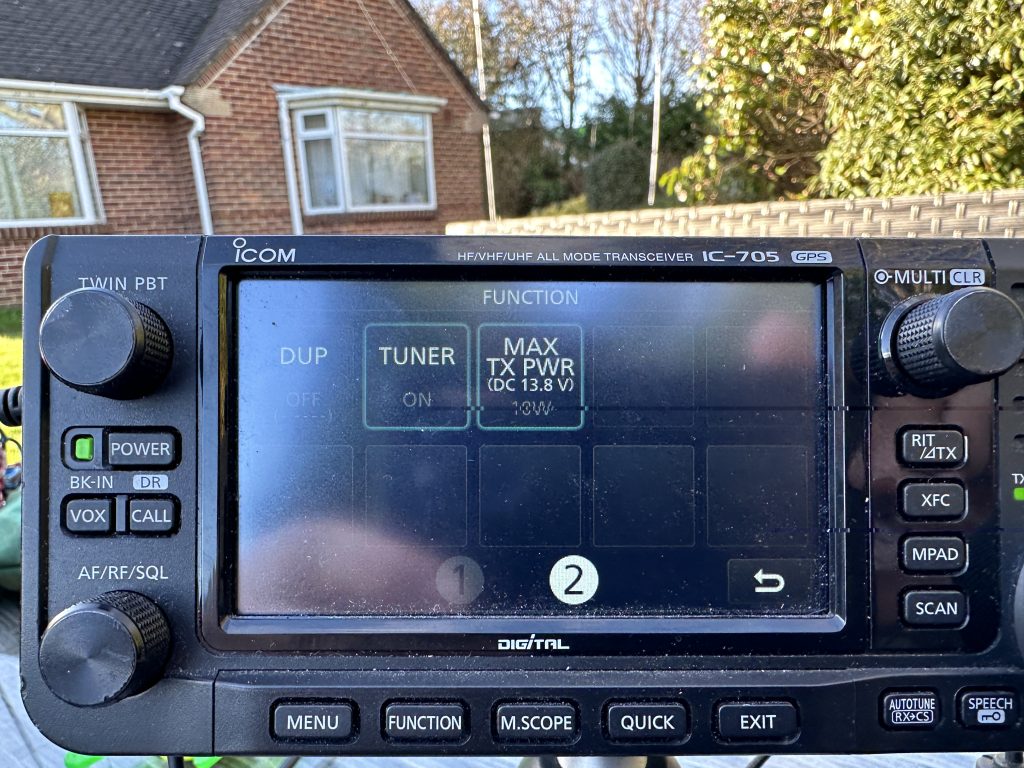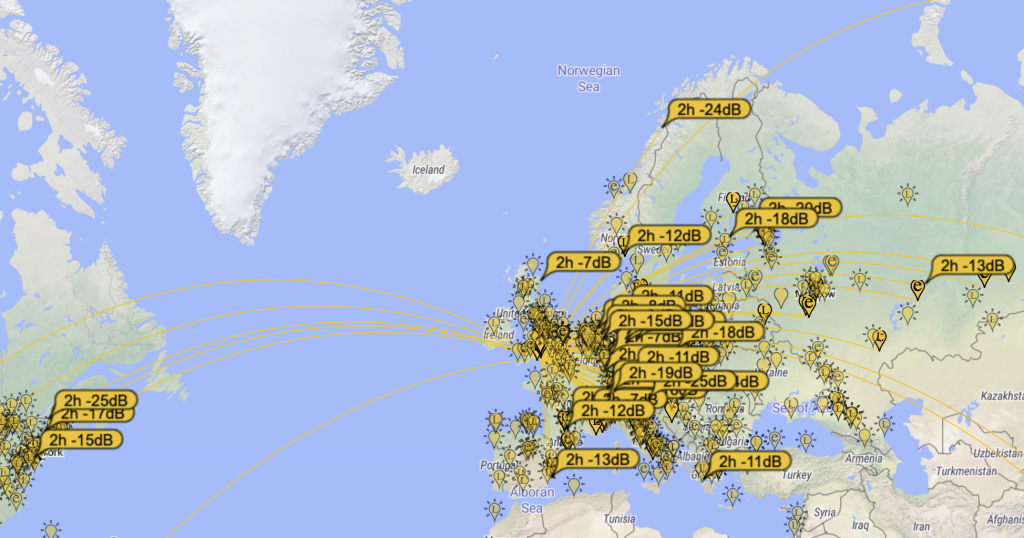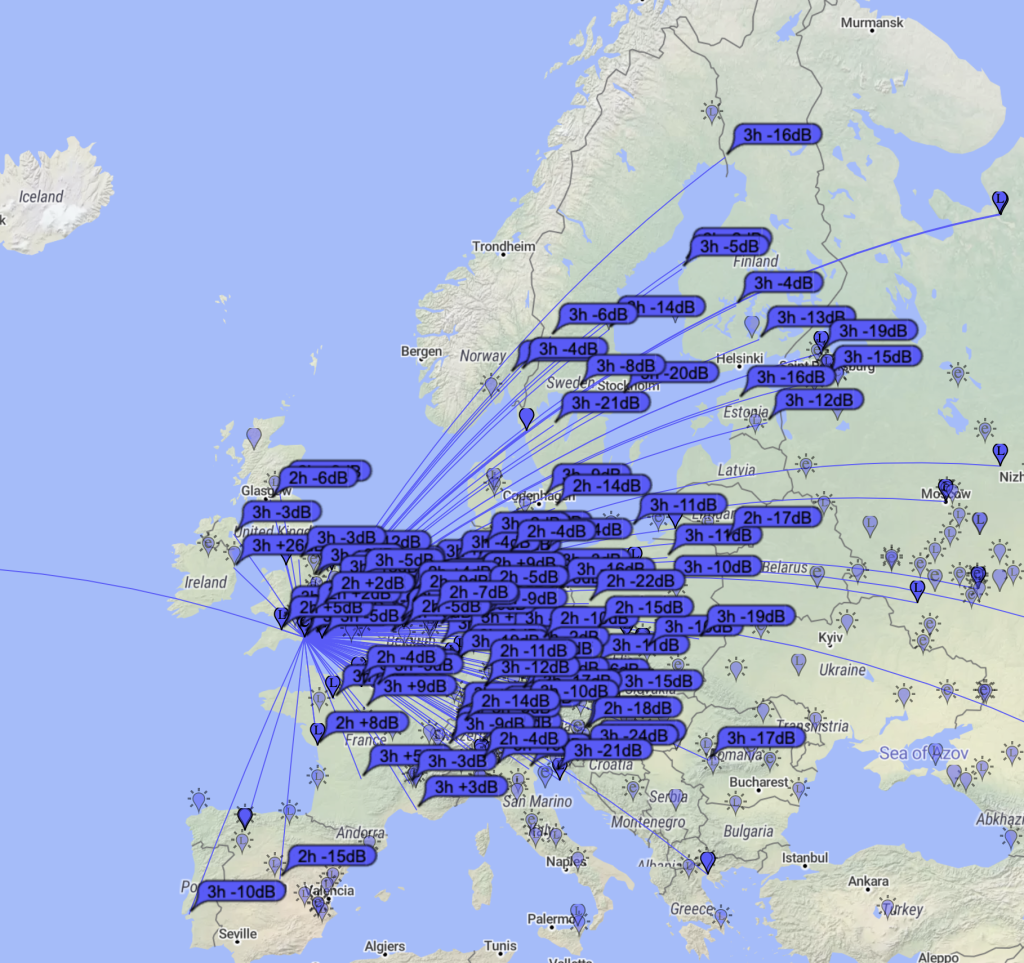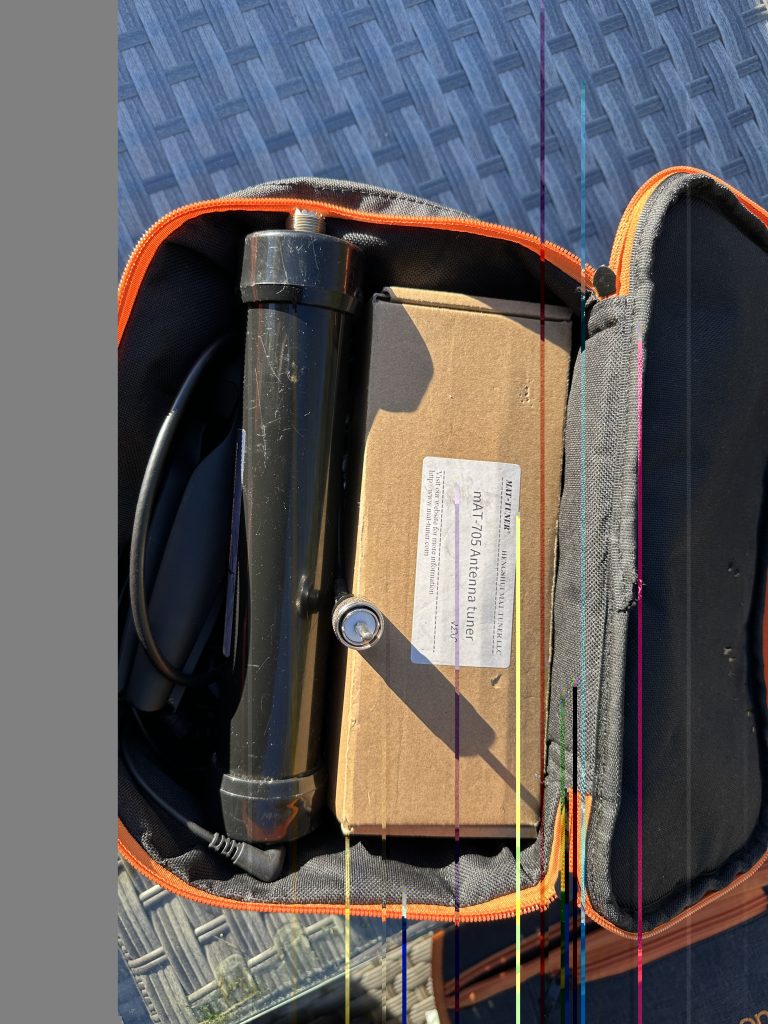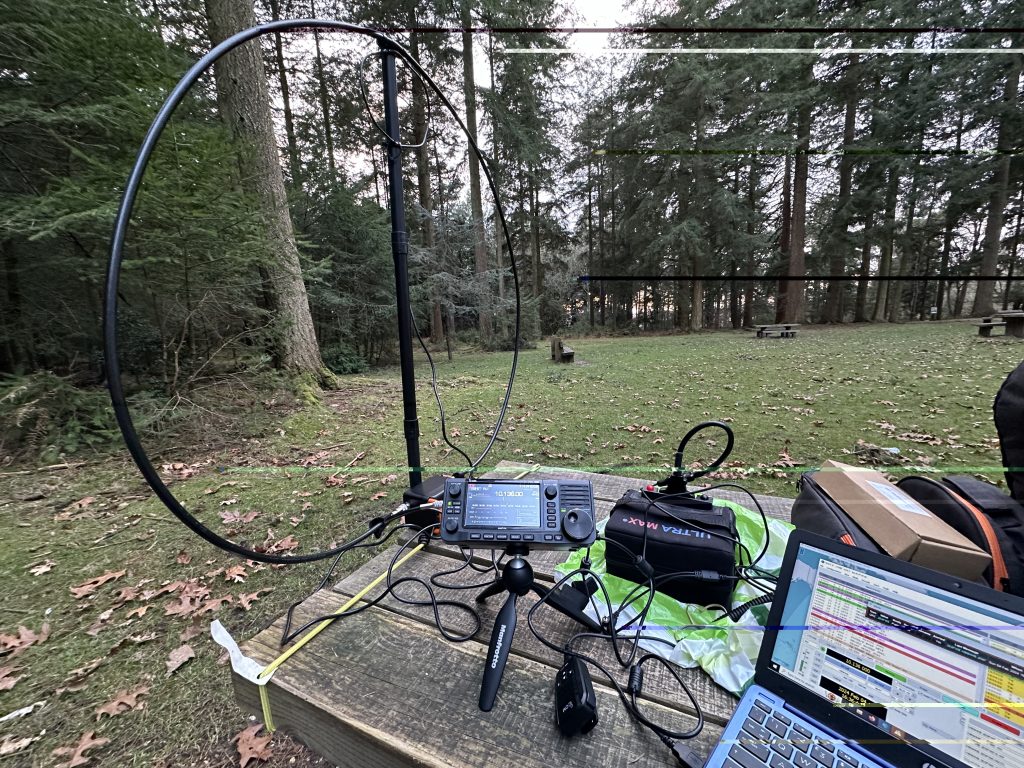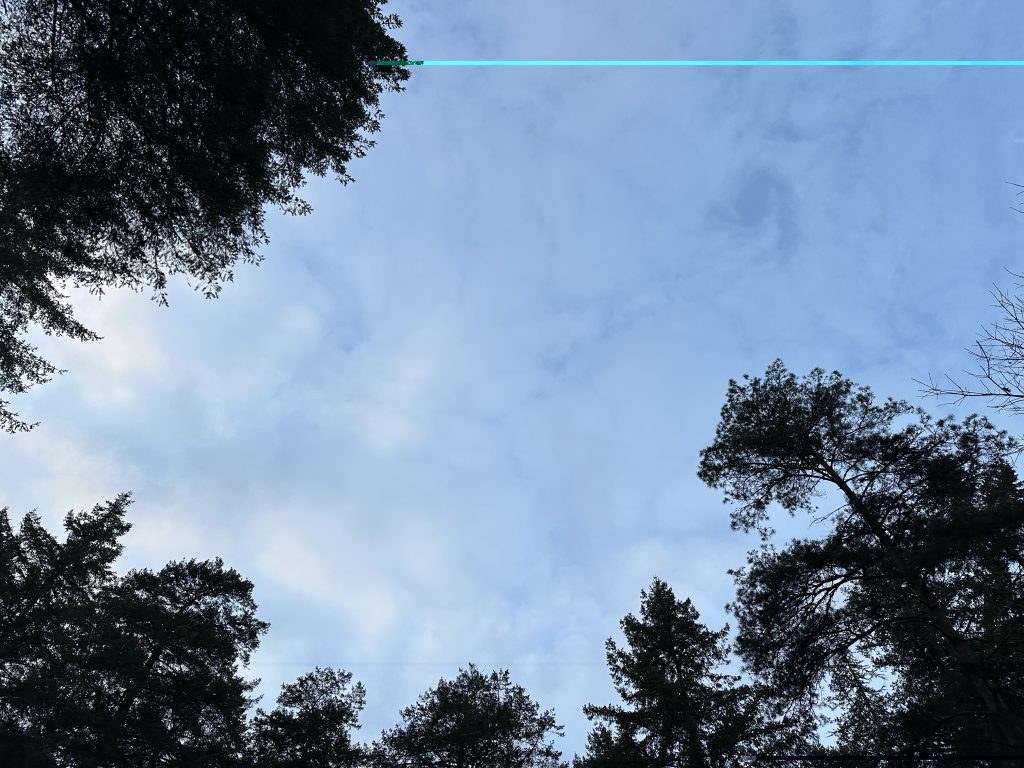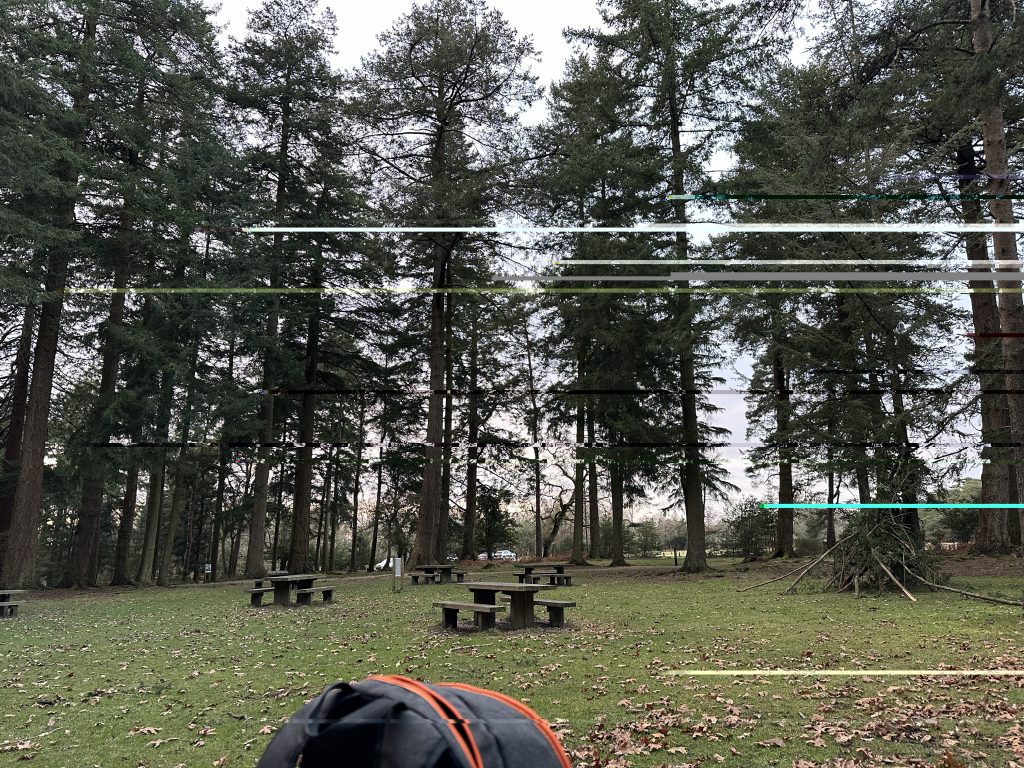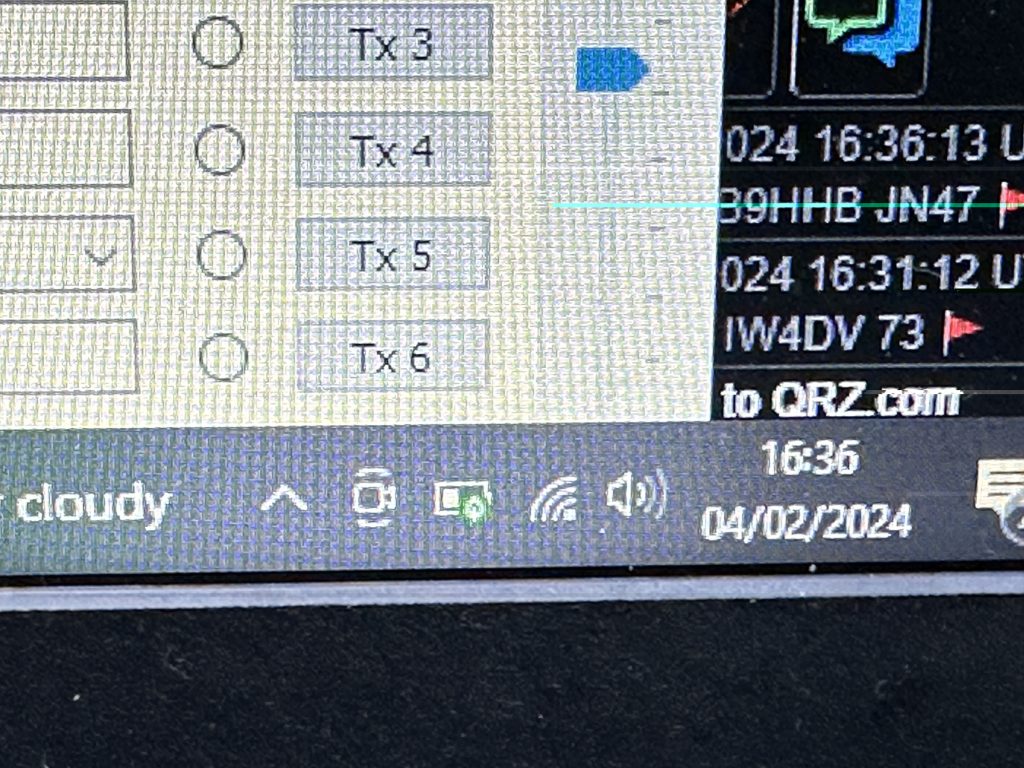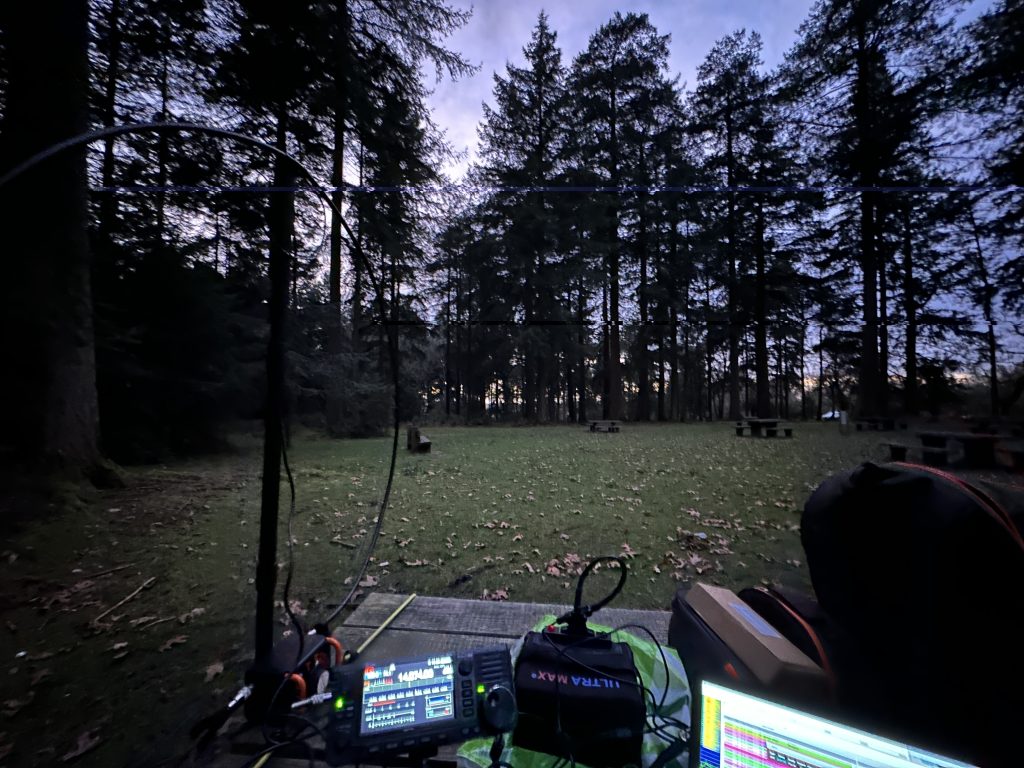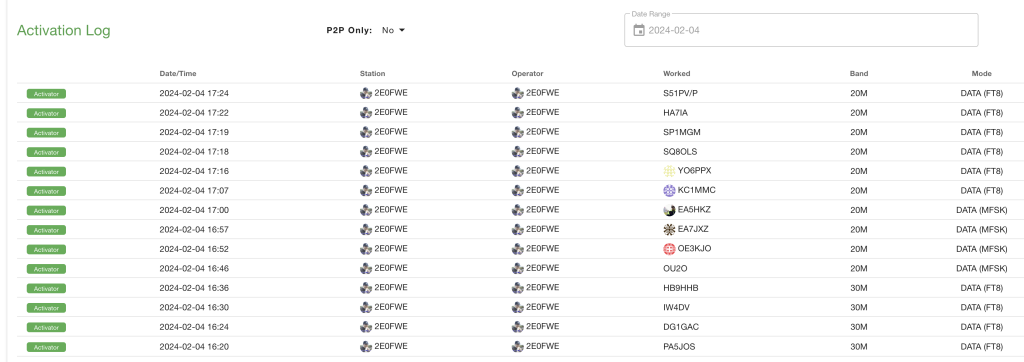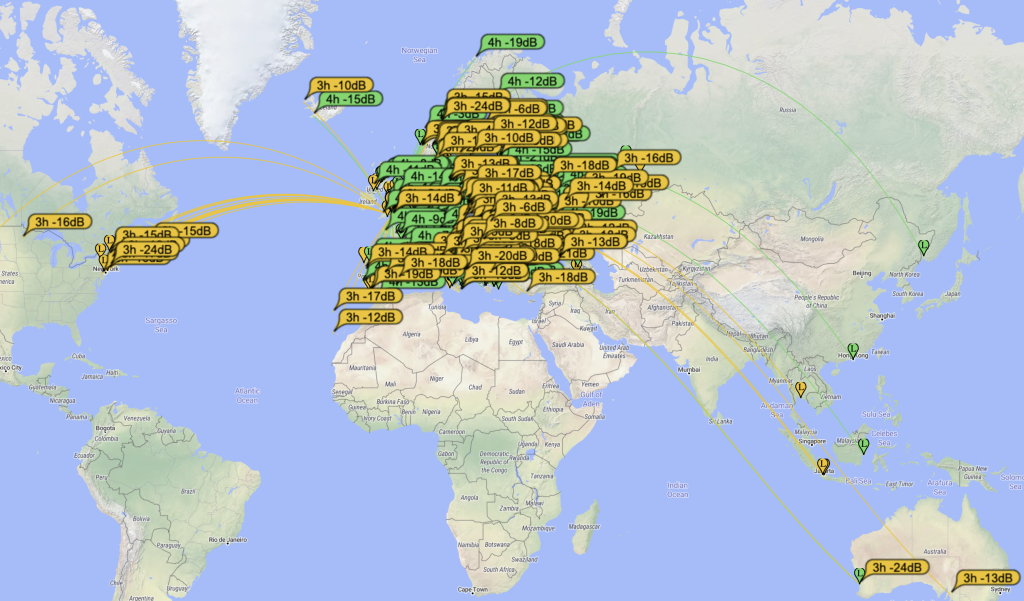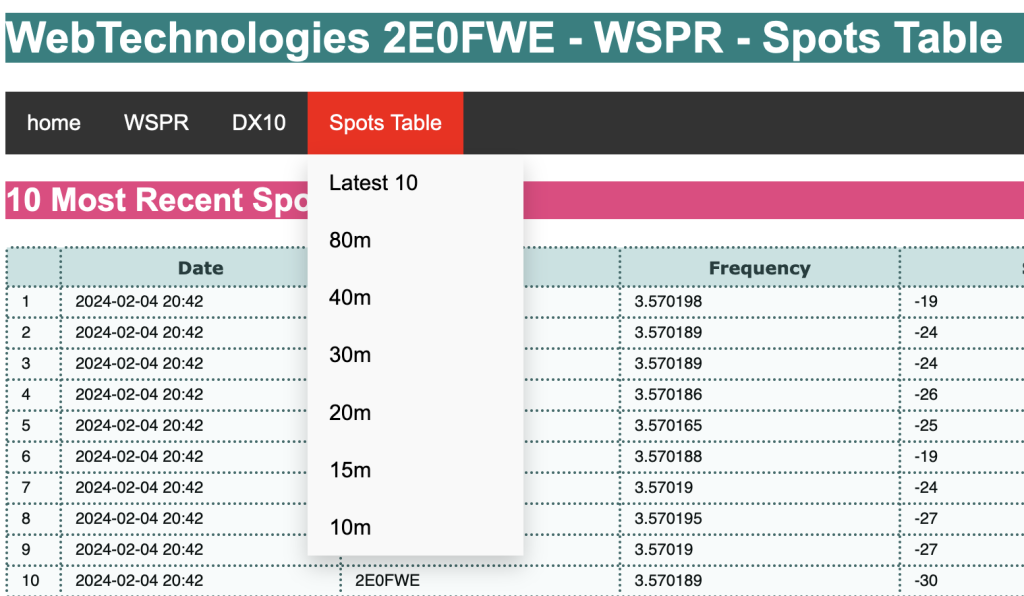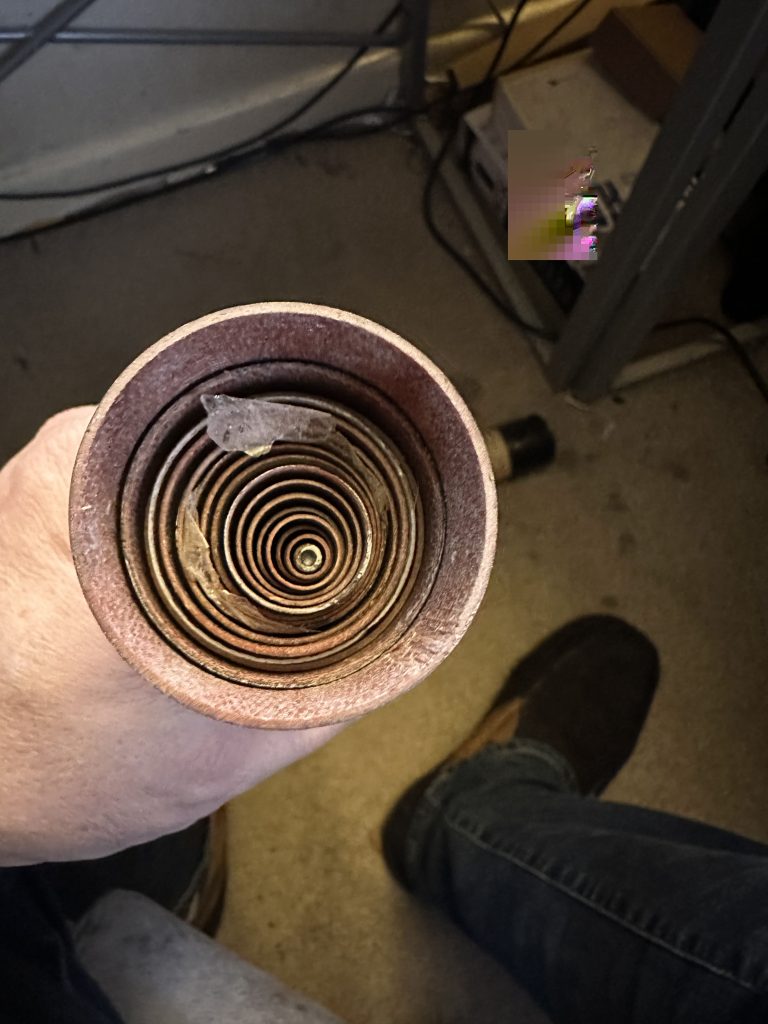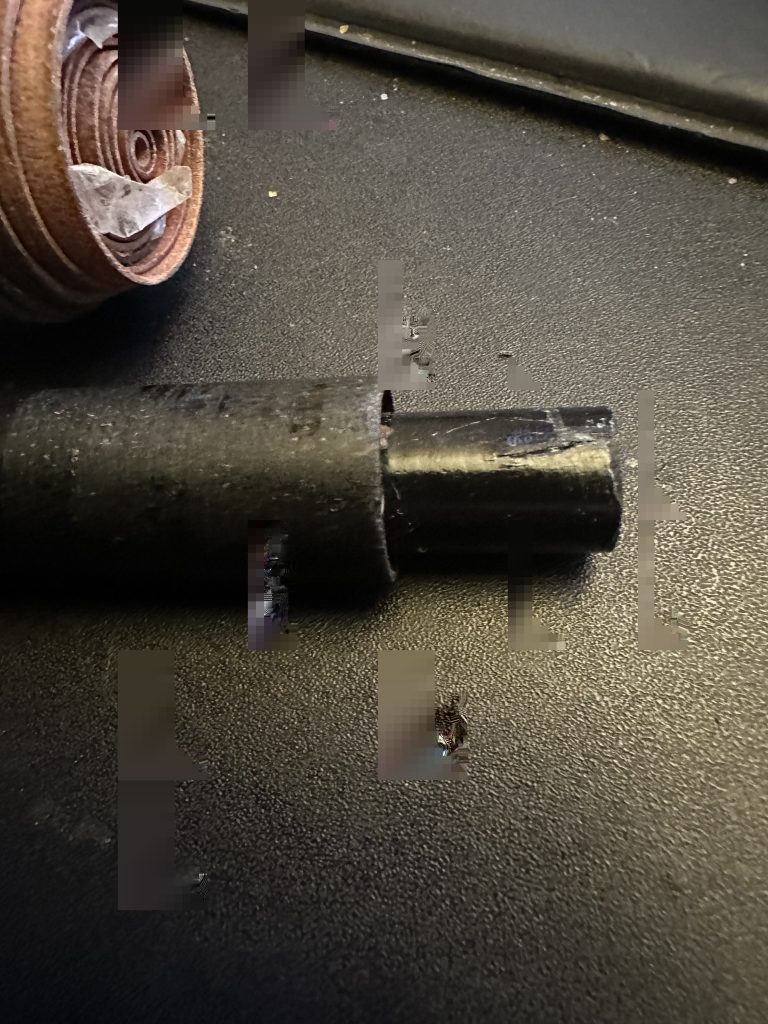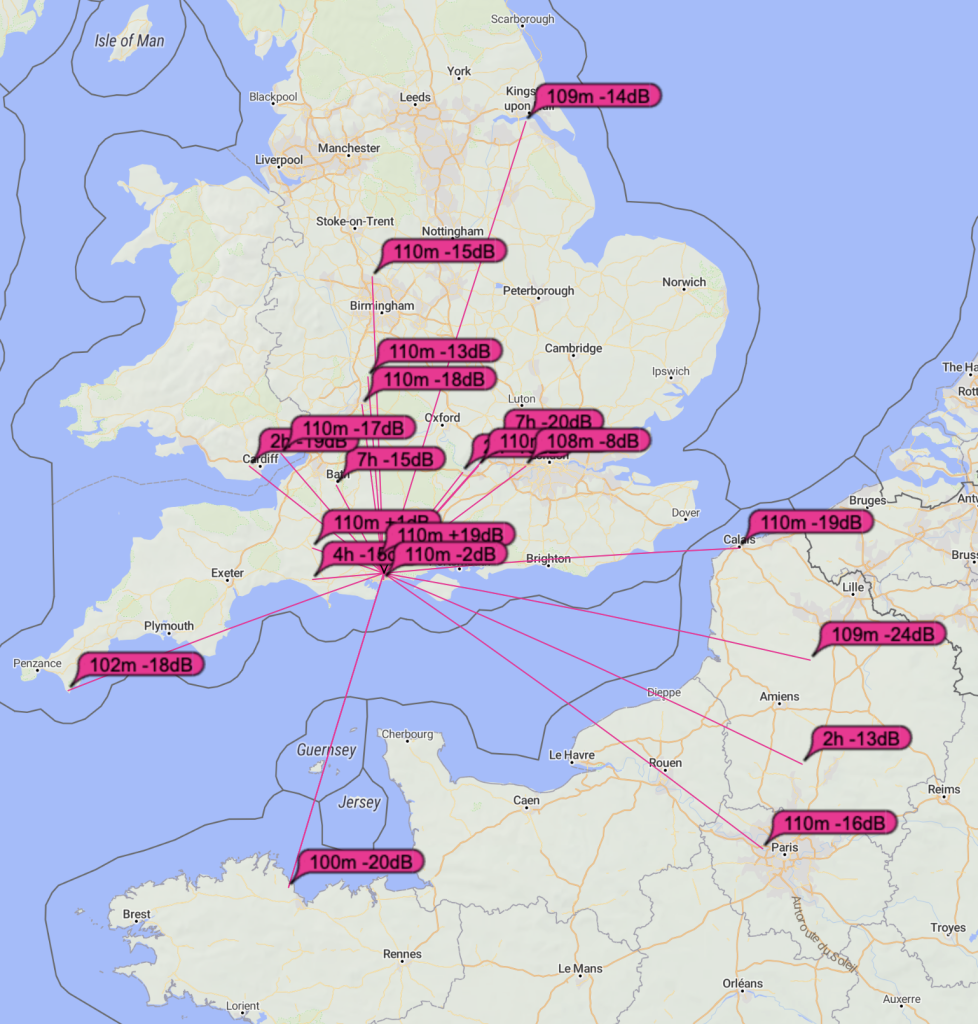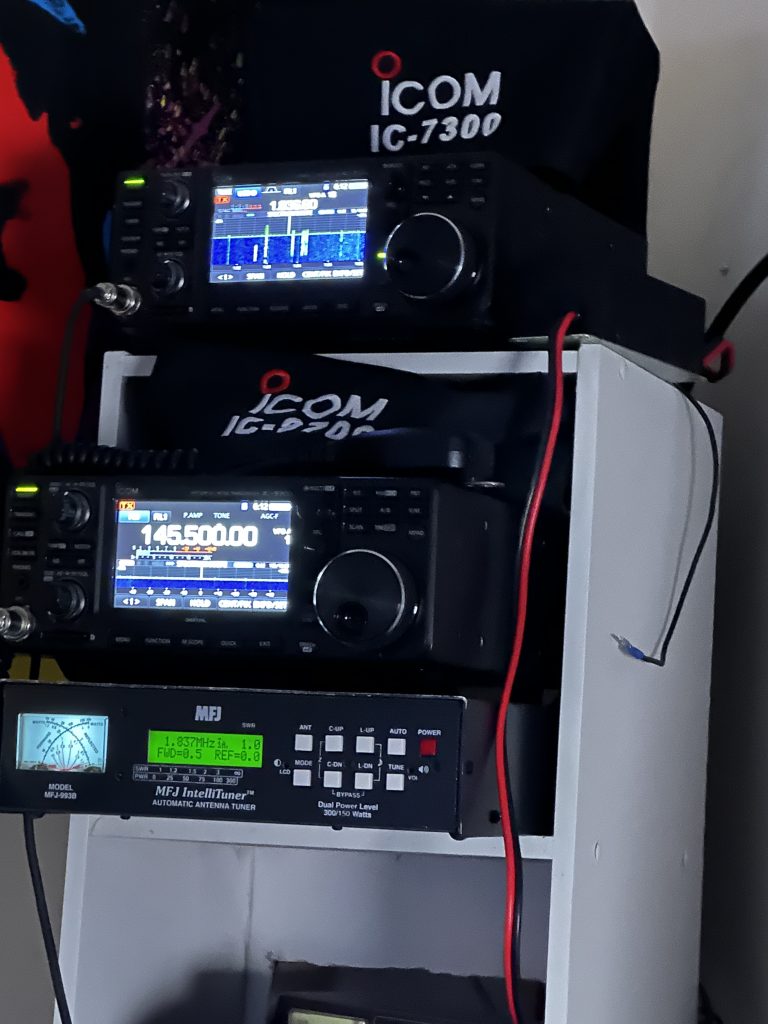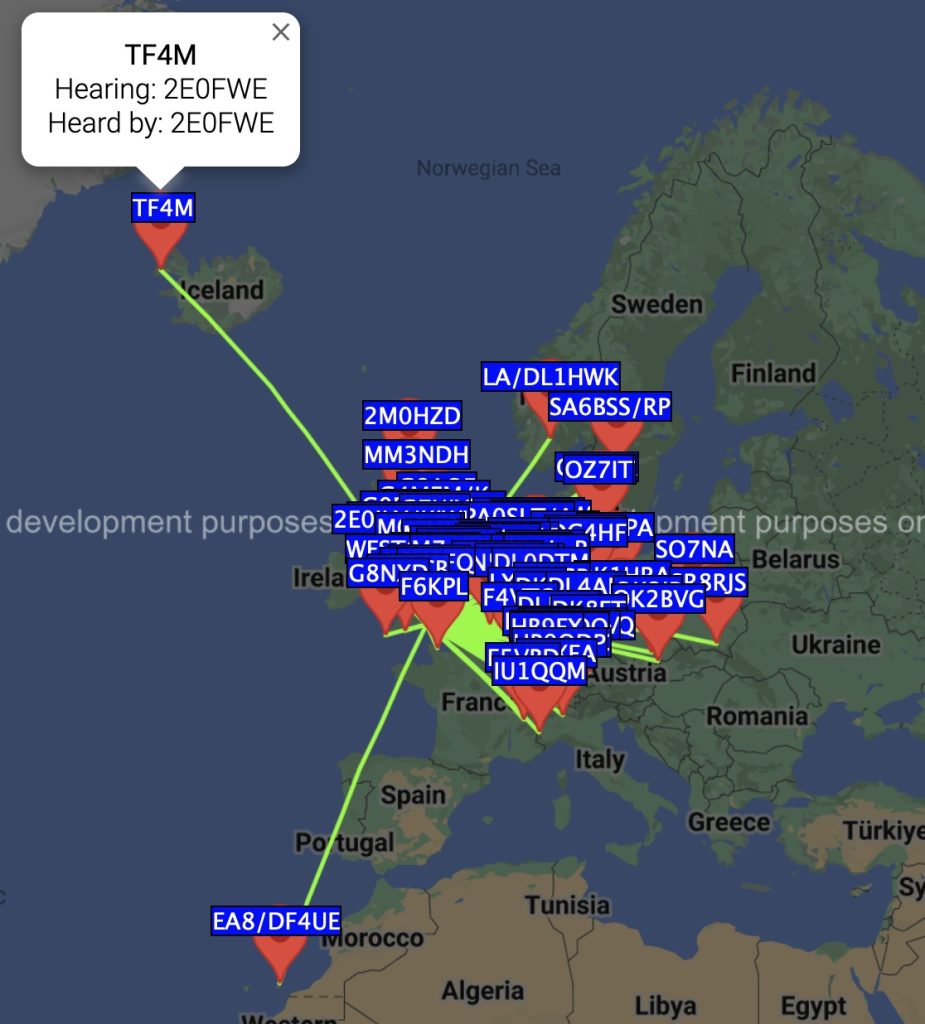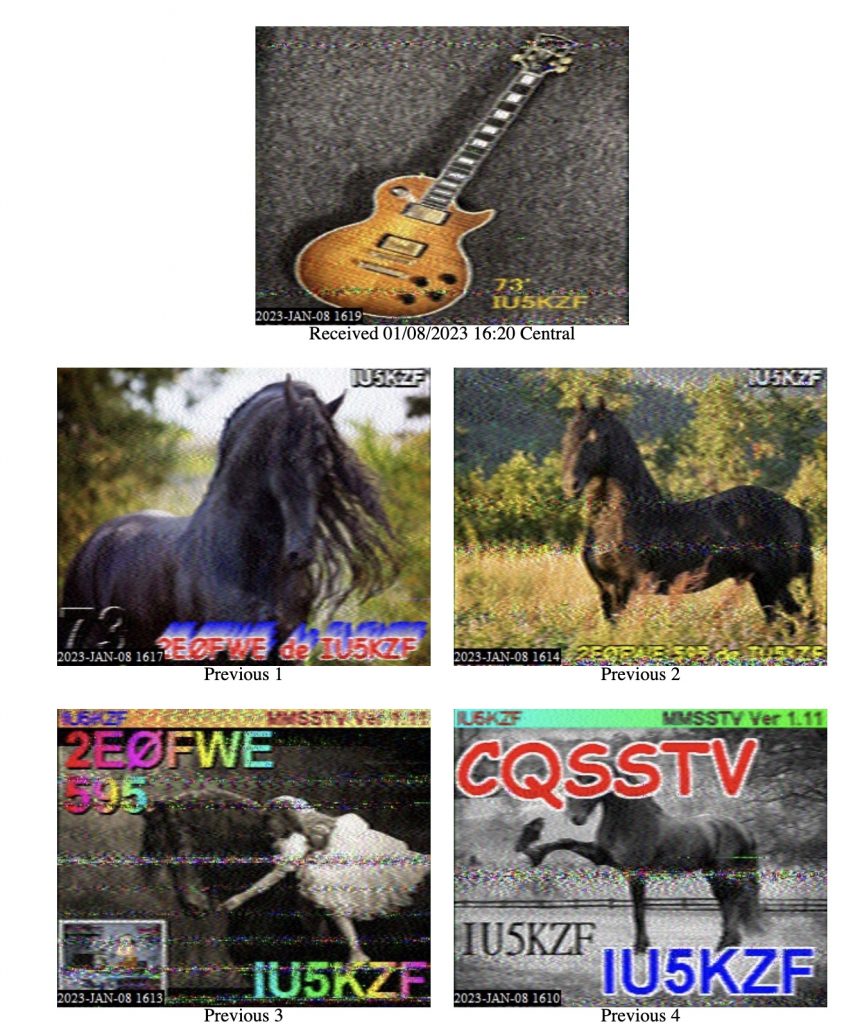Where has the year gone ? Well, to be fair on myself is a busy one and I squeeze in radio as when I can ! More so I’ve been busy on system adminstration of radio related sites.
WSPR
After owning the ZachTek WSPR generator for several years and having it setup on the 6btv, it was as good as time as ever to sell it on. I was really pleased that I it went to a good home, I wont disclose the call sign, but the antenna setup looked absolutely amazing, so its good to know the ZachTek will be on the airwaves !
In the mean time I’m generating WSPR with WSJTX and the IC-705 when I’m not using it, which these days is intermittent. I am glad I could get the ATU to tune the EFHW for top band with some good results.

I have a ubitx v6 in one of my ‘ham radio’ draws, so I’m thinking as a ‘mini’ project to get that setup for WSPR, as I’ve not used the ubitxv6 at all since purchasing it several years ago.
The original domain name for my WSPR scraped and weather stats was webtechnologies.alanknipmeyer.science. As I am simplifying my domain setup and costs the domain expired, so I have repointed the proxy to wspr.knipmeyer.co.uk where the scraped results and local weather is now available.
NOAA
Having got my NOAA setup back up and running and doing some sys-admin on WSPR/Webtechnologies site, I’ve setup a connection to the NOAA site. I’ve not got a proxy-cache and its powered by a Raspberry Pi3, so as long as it doesnt get overloaded with requests, i’ll leave it on its current setup. There have been some very good passes of late, and with the news that the NOAA satellities will no long be maintained, I’m glad I can pull in these images and keep them. The RPI keeps upto 30 days of pictures, whilst I keep all the pictures archived. When NOAA goes silent, I’ll probably build a public archive of received pictures, but hopefully NOAA sats will keep going for a long long time – there is always METEOR tho !
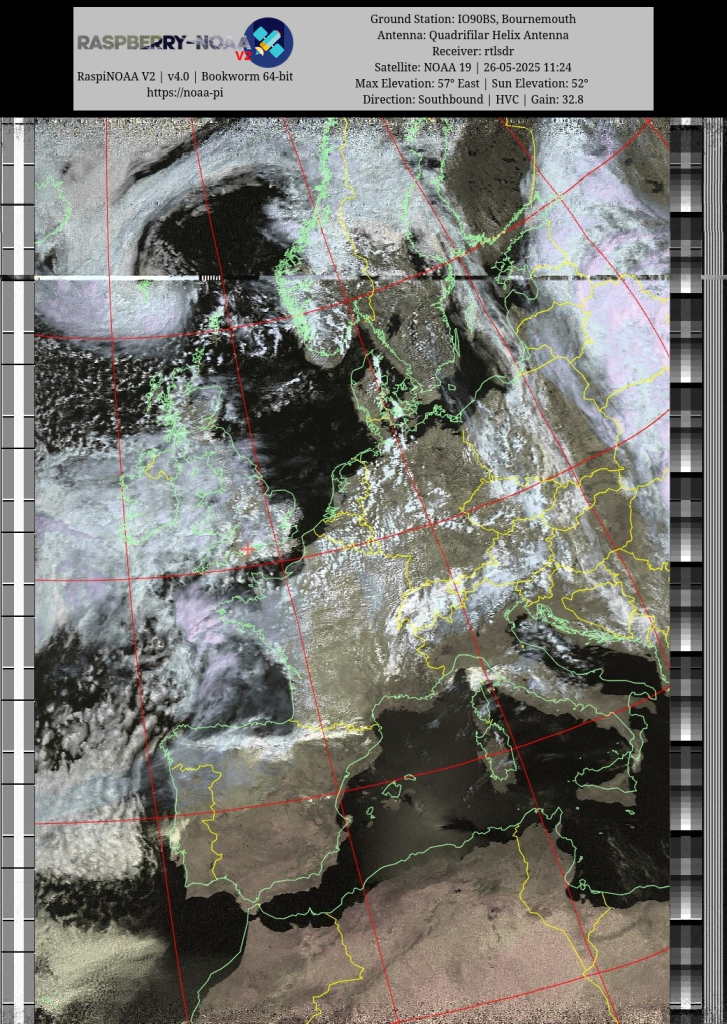
The proxified RPI3b is avaiable from noaa.knipmeyer.co.uk
Tidying and selling more radios
As I’m not getting out to do radio as much as I used to, even tho there is even more PoTA sites nearby now, I’ve decided to sell on my Kenwood TMD710G. I dont mind saying it is quite a reluctant sale, but its not getting the use it should be having, and given how rare these radios are on the market, i’ve set a reasonable reserve and ‘buy it now’ price of £500 for it. I’m hoping in the next week I’ll find a good home for it. Needless to say I will miss doing POTA and the TMD710, but Ive not manged very many activations at all this year so far, and with most the bank holidays behind us, I think getting out will be more challenging.
Thats all for this month, research and work are taking up the majority of my time, but I will make a post here at least once a month, just to let people I am still active in some way on amateur radio!

